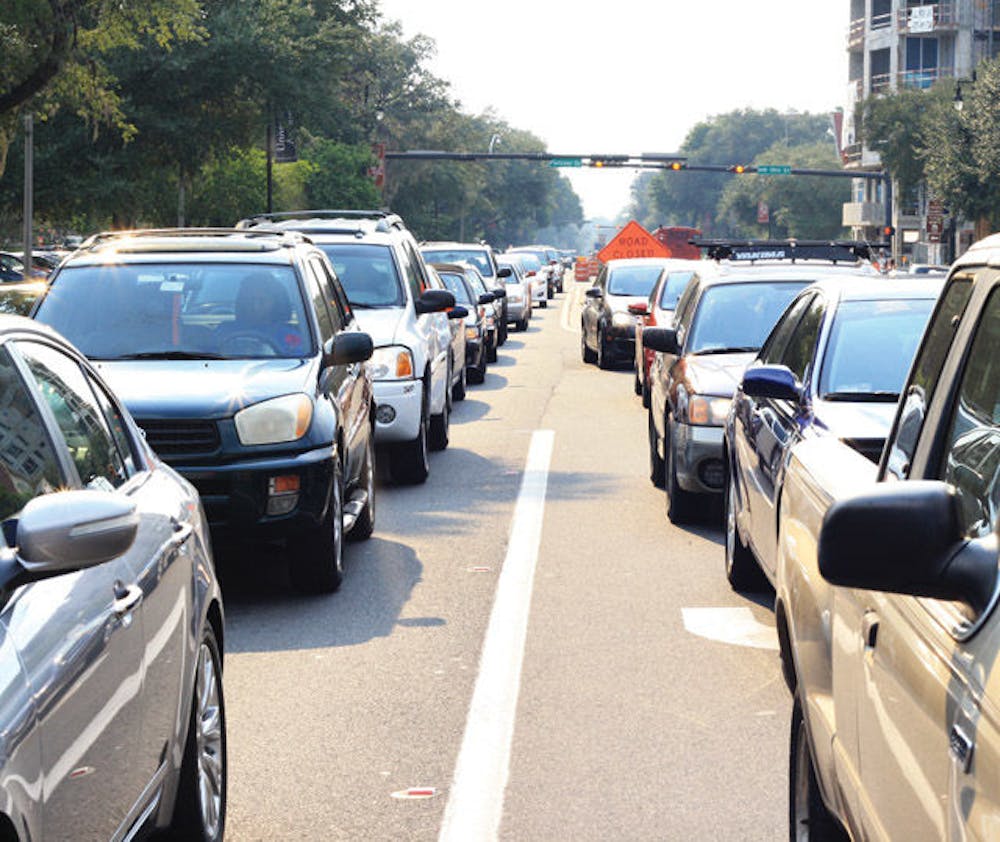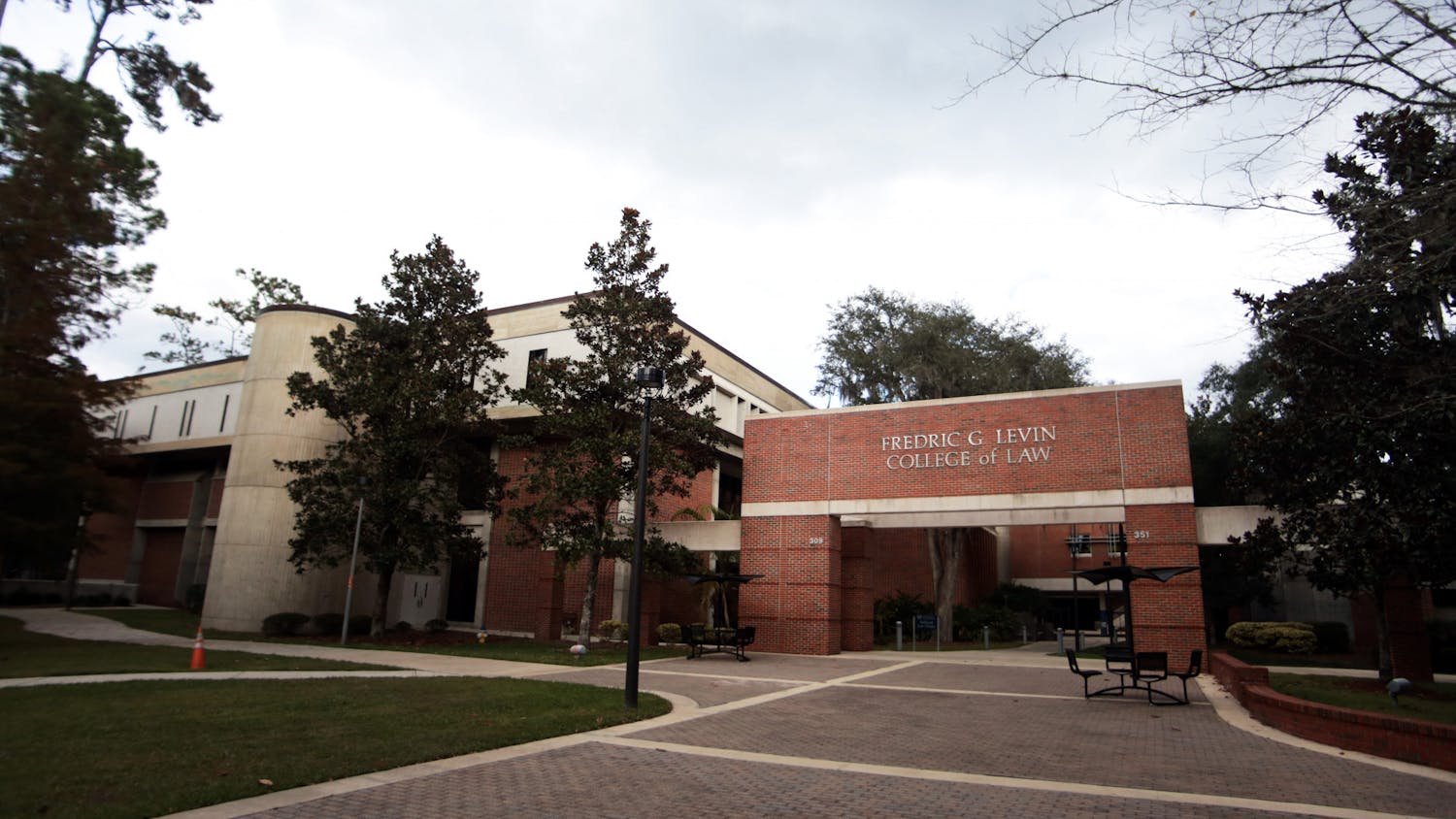UF installed license plate readers at intersections around campus to improve safety and security.
The license plate readers, installed in October, are cameras that constantly scan vehicle license plates and capture photos of the backs of vehicles. They can be found on the traffic signals at 16 intersections surrounding the entrances to campus, including Archer Road and University Avenue, so the vehicles entering and exiting campus are documented. The project has been allocated $1.88 million.
The readers collect data associated with license plates, such as vehicle registration information, and send it to a central server. This data can then be compared with the information in crime databases, Joseph Souza, director of UF physical security, said.
With the installation of cameras surrounding campus, UF has completed phase one and is currently beginning phase two of a two- or three- phase project concerning the installation and usage of the cameras. Phase two of installation, which involves installing more cameras, is expected to be completed by the end of 2021, Souza said.
UF Transportation and Parking Services plans to expand and improve parking enforcement by using license plate reader technology, Souza explained. It would create an efficient way of documenting license plates and identifying vehicles that should not be on campus.
“This data is truly being used to help proactively fight crime, keep the campus a safe community, catch wanted persons that shouldn’t be on campus and actively help during a crime,” Souza said.
The readers are not only used at UF. Prior to their installation around campus, they have been used throughout Gainesville and at other universities in Florida such as UCF and FAU, Souza said.
This technology provides more opportunities for police to intervene in crimes by essentially creating a large vehicle tracking system, Gainesville Police Department captain Anthony Ferrara said.
The readers’ accuracy rate is in the high 80s to low 90s when capturing license plates and collecting the information associated with them, he said.
As a vehicle drives by a reader, each of the cameras the vehicle passes captures the vehicle’s license plate and inputs the information associated with the license plate into a database Ferrara said. The license plate can be tracked in the order at which it appeared on each camera.
This November, bicycles were stolen from different areas of campus, said Chief Linda Stump-Kurnick, assistant vice president of Public and Environmental Safety at UF. The suspects were caught and the reader technology was used to help return the stolen property to the victims.
Police traced the vehicle to find where the property was stolen from and identify the victims that the property belonged to. The technology can also be used for investigative purposes such as finding a missing person by tracing their license plate in the system, she said.
“It might give a lead to investigators as to your last direction of travel or when you went by a certain place,” she said.
This kind of technology can raise issues surrounding invasion of privacy. However, the cameras are used to keep campus secure and make students feel safe, as Souza said.






